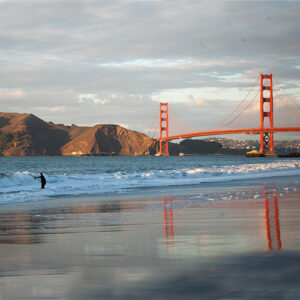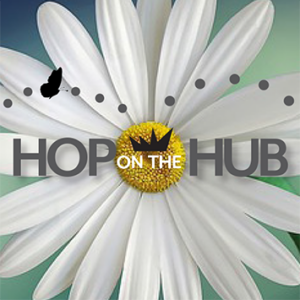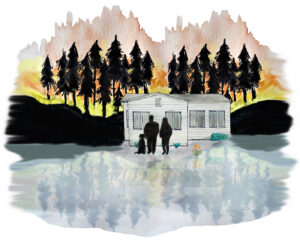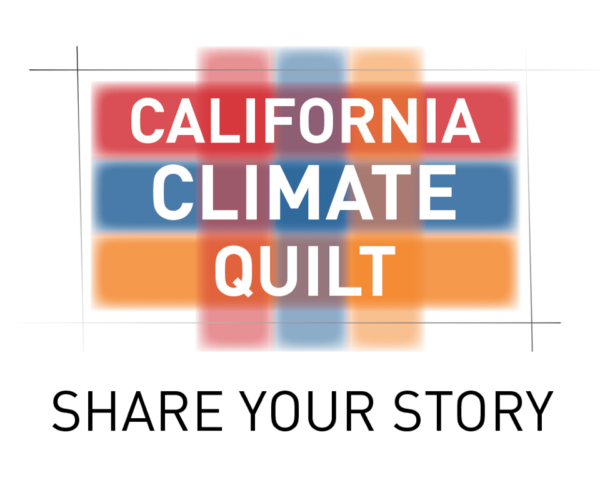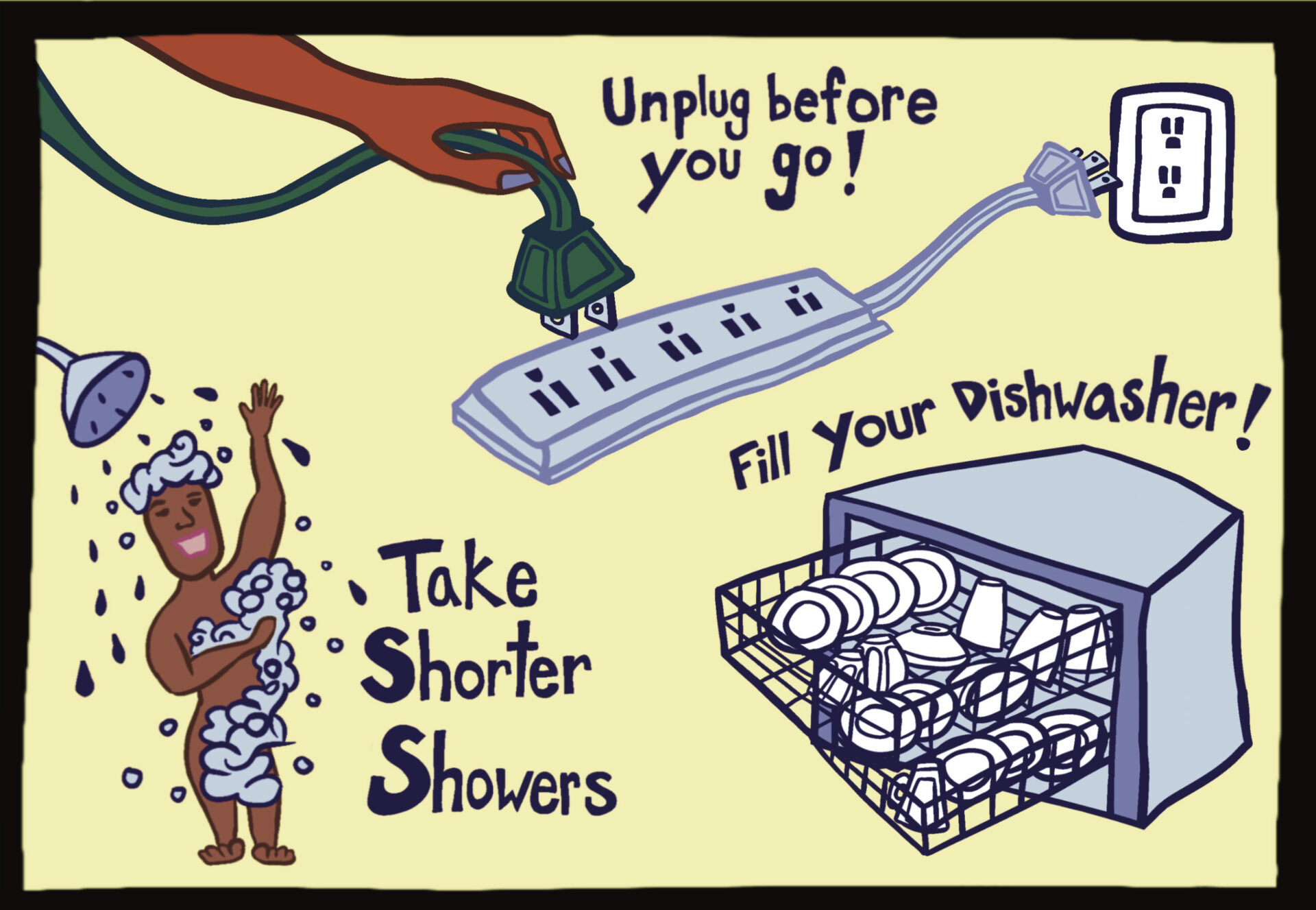Fitbit for Sustainability
A Contra Costa County program that uses technology to inspire residents to take energy-and-water-conserving actions has helped save roughly 32,000 gallons of gas and 1.5 million gallons of water, and averted 830 tons of CO2 emissions, since its 2019 launch.
The program has its origins in a 2012 community resilience challenge led by local nonprofit Sustainable Contra Costa. “We would ask people to make pledges about the projects or behavior changes they would make, but could only track commitments, not actions,” says Tina Neuhausel, president and co-founder of the 15-year-old organization.
In 2019, with a grant from the Bay Area Air Quality Management District, Sustainable Contra Costa launched the Cleaner Contra Costa Challenge in partnership with the Contra Costa Water District and six cities, including Walnut Creek, Pleasant Hill, Moraga, Antioch, Pittsburg, and Martinez. The new and improved challenge uses a web-based platform that allows users to commit to actions — ranging from “easy,” like taking shorter showers, to “challenging,” such as buying an electric vehicle — and track their progress. The platform also provides resources, such as information on rebates, to make following through on commitments easier.
“We can see our household progress, and that makes us feel good, but also we can see our collective progress as a community,” says Neuhausel. “Saving over a million gallons of water is very motivating.”
“People are worried about climate change and really want to help, but often don’t know where to start,” says Lisa Altieri, founder and president of Community Climate Solutions, which provides the platform. “Having a framework and easy steps for choosing and completing actions makes it simpler.”
Altieri’s company is now working with 40 cities and counties across the US on similar platforms. She says she has found that community is key to creating behavior change. “When people start talking together about the actions they are planning to take, they start sharing and encouraging each other,” Altieri says. “They are far more likely to complete actions when working together with others.”
The pandemic created obstacles for the community element of the challenge: early plans for outreach efforts were centered around schools, clubs, and churches, all of which shut down in March 2020. Nevertheless, by the end of 2021, the Challenge had achieved more than 80% of its goals. This year, Sustainable Contra Costa aims to add two more partner cities to the challenge and reach a cumulative CO2 savings of 1,200 tons by July.
Other Recent Posts
Artist Repurposes Shoreline Detritus
Courtney Griffith scours beaches and parks for everything from plastic to charcoal, mangled ropes and burnt wood to use in her work.
After The Fire: Scenes from Chinese Camp
One of California’s oldest Gold Rush settlements takes stock after a devastating fire — a photo essay.
Youth Group Tackles Heat Islands in Santa Rosa
A new youth advisory team convened by the Greenbelt Alliance and Latino Service Providers is exploring heat disparities in southwest Santa Rosa.
ReaderBoard
Once a month we share reader announcements: jobs, events, reports, and more.
CEQA Reforms: Boon or Brake for Adaptation?
California Environmental Quality Act updates may open up more housing, but some are sounding alarms about bypassed environmental regulations.
Repurposing Urban Lots & Waterfronts: Ashland Grove Park, Palo Alto Levee, and India Basin
In this edition of our professional column, we look at how groups are reimagining a lot in Ashland Grove and shorelines in San Francisco and Palo Alto.
Backyard Harvests Reduce Waste
A Cupertino Rotary Club program led by Vidula Aiyer harvests backyard fruit and reduces greenhouse gases.
Digging in the Dirt Got Me Into Student Climate Action
A public garden at El Cerrito High School in the East Bay inspired my love of nature and my decision to study environmental science at UCLA.
King Kong Levee: Two Miles Done, Two To Go
Two miles of levee are now in place as part of the project to protect Alviso and parts of San Jose, but construction will last much longer.
Making Shade a Priority in LA: An Interview with Sam Bloch
After witnessing fire disasters in neighboring counties, Marin formed a unique fire prevention authority and taxpayers funded it. Thirty projects and three years later, the county is clearer of undergrowth.


